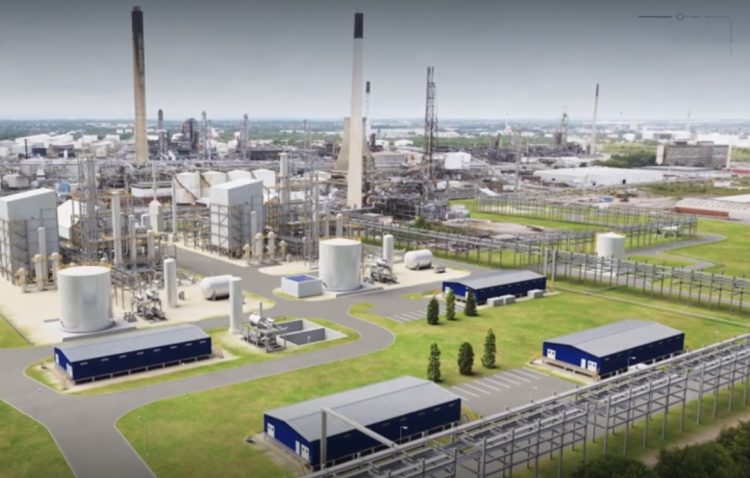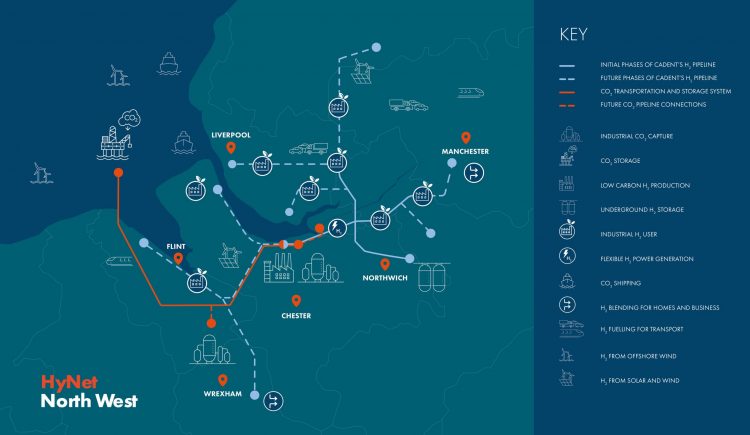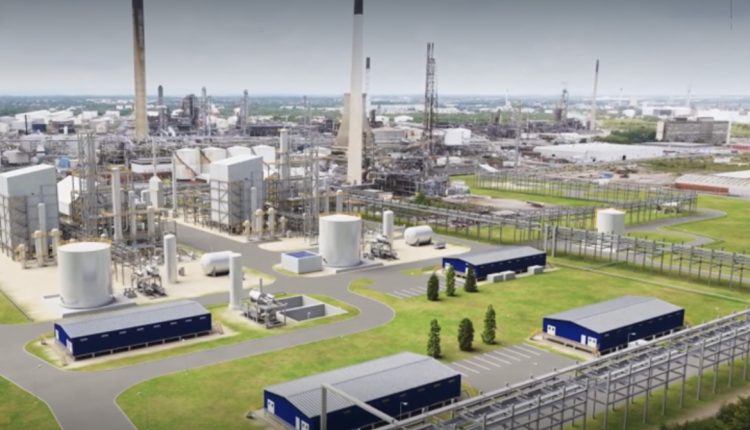£2bn project to build a hydrogen production and carbon capture facility close to the River Mersey moves a step closer. Tony McDonough reports

Engineering and design work has started on the second phase of a £2bn project to create a hydrogen production and carbon capture facility close to the River Mersey.
Located at the Essar Oil UK (EOUK) refinery at Stanlow in Ellesmere Port, the hub will be part of the multi-billion pound HyNet consortium which will eventually supply up to 1,000MW of hydrogen to industrial giants such as Pilkington and Tata Chemicals.
Vertex Hydrogen, a joint venture between Essar Oil UK and low carbon energy firm Progressive Energy, has been leading the project. Now Vertex is being rebranded as EET Hydrogen and will be a sister company of Essar rather than a subsidiary.
EET Hydrogen has an ambition to deliver around 4GW of low carbon hydrogen by 2030, around 40% of the UK Government’s national target. It secured funding for the project from the Government in March.
It had originally hoped to have the Cheshire plant operational in 2025 but LBN reported in March it had been pushed back to 2026.
This week EET says its HPP2 production project has commenced front end engineering and design (FEED). This follows from HPP1 (350MW capacity plant) that completed FEED in September 2021.
HPP2 is the catalyst for investment across the UK North West for infrastructure that will transport and store hydrogen and for industrial and power generation customers who will ‘fuel switch’ to this low carbon fuel.
This will deliver the first low carbon refining, glass and chemicals manufacturing sites in the world. HPP2 will be adjacent to the HPP1 plant, benefiting from the synergies and helping to deliver value for money.
Deepak Maheshwari, chief executive of EOUK, added: “We are delighted to be an anchor customer for the EET Hydrogen business as we develop and implement a number of sector leading hydrogen use cases and decarbonise our operations.”

The UK Government has made hydrogen a critical part of its push towards net zero carbon.
However, initially the hydrogen will be produced by burning methane gas – a major cause of carbon emissions and a contributor to climate change. This is known as ‘blue hydrogen’.
HyNet’s plan is to invest in carbon capture and storage (CCS). Once captured the carbon will be piped to depleted gas fields under Liverpool Bay where it will be stored indefinitely.
CCS is a controversial technology. For the process to be viable it has to successfully capture and store between 90% and 95% of the carbon. This has never been achieved on the scale proposed by HyNet anywhere in the world.
HyNet says it is future-proofing the infrastructure to eventually pivot towards ‘green hydrogen’. This is a carbon-free way of producing hydrogen by running water through what is called an electrolyser powered by renewable energy such as wind or solar.
However, there is currently nowhere near enough renewables capacity in the UK to produce green hydrogen at scale. Supporters of blue hydrogen say it is a viable bridge to green but opponents claim it is just a way of prolonging the use of fossil fuels.
HyNet is investing in a number of smaller scale green hydrogen projects. It will utilise electricity from the Frodsham Wind Farm close to the Mersey Estuary.

